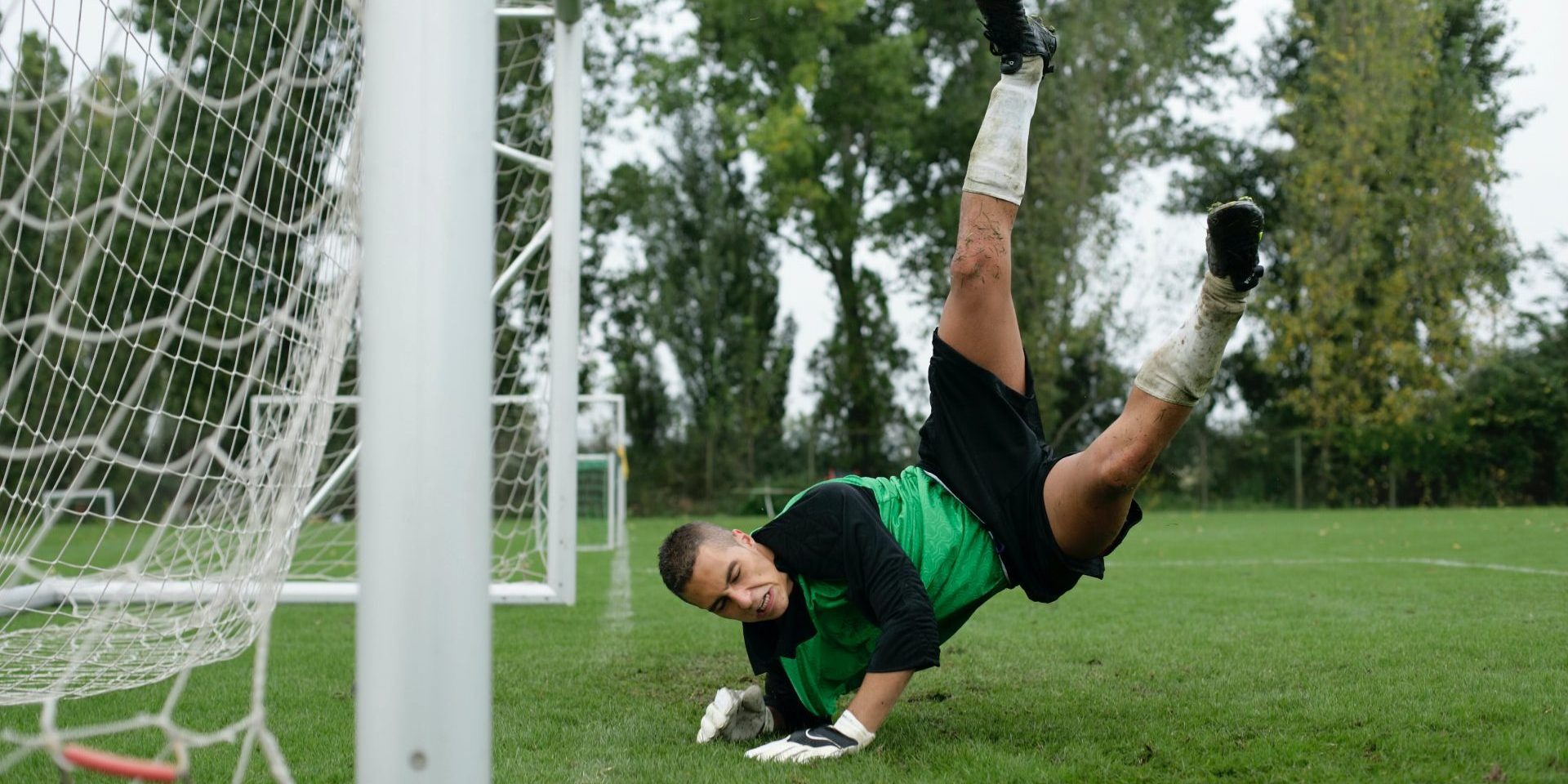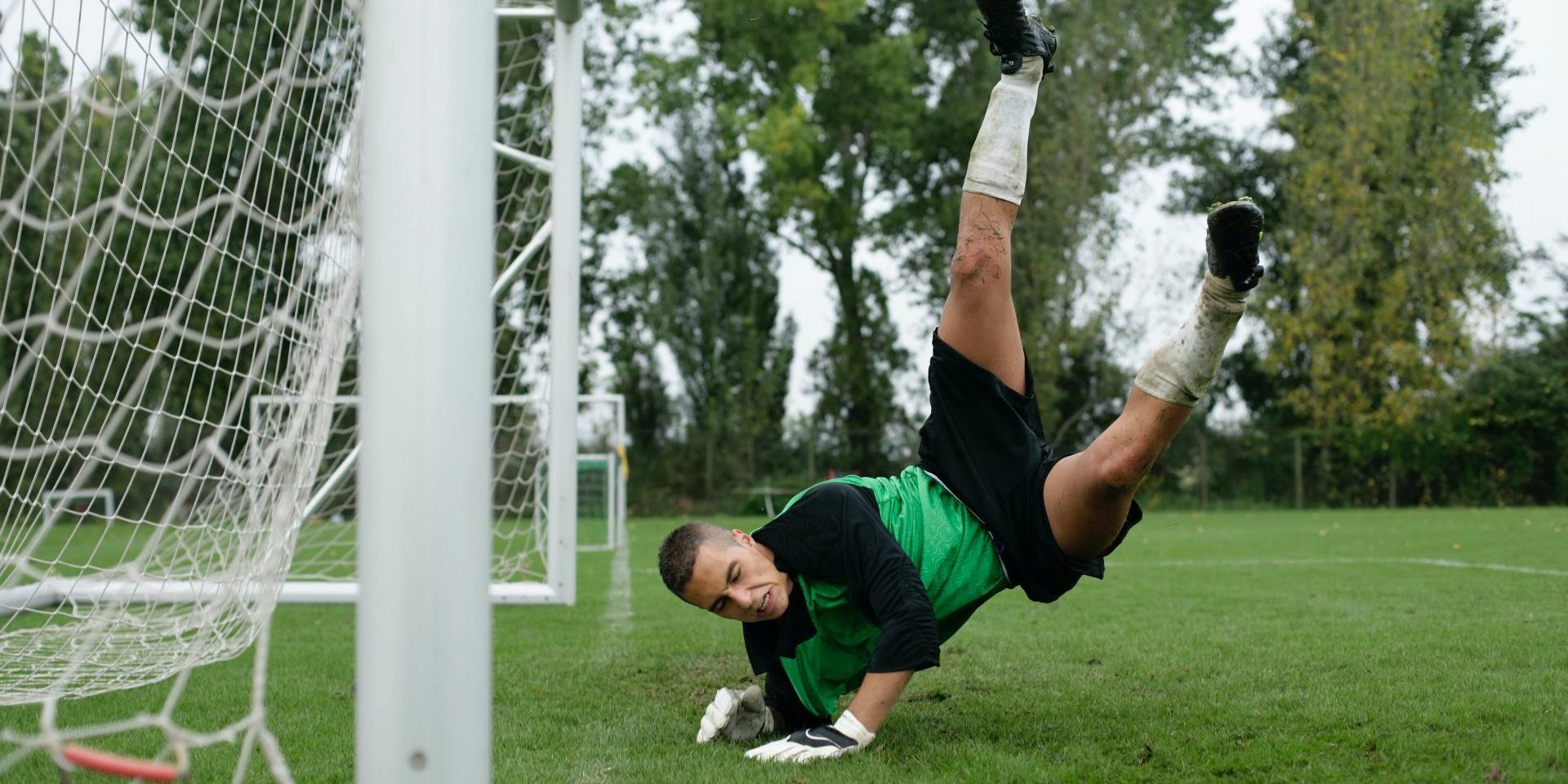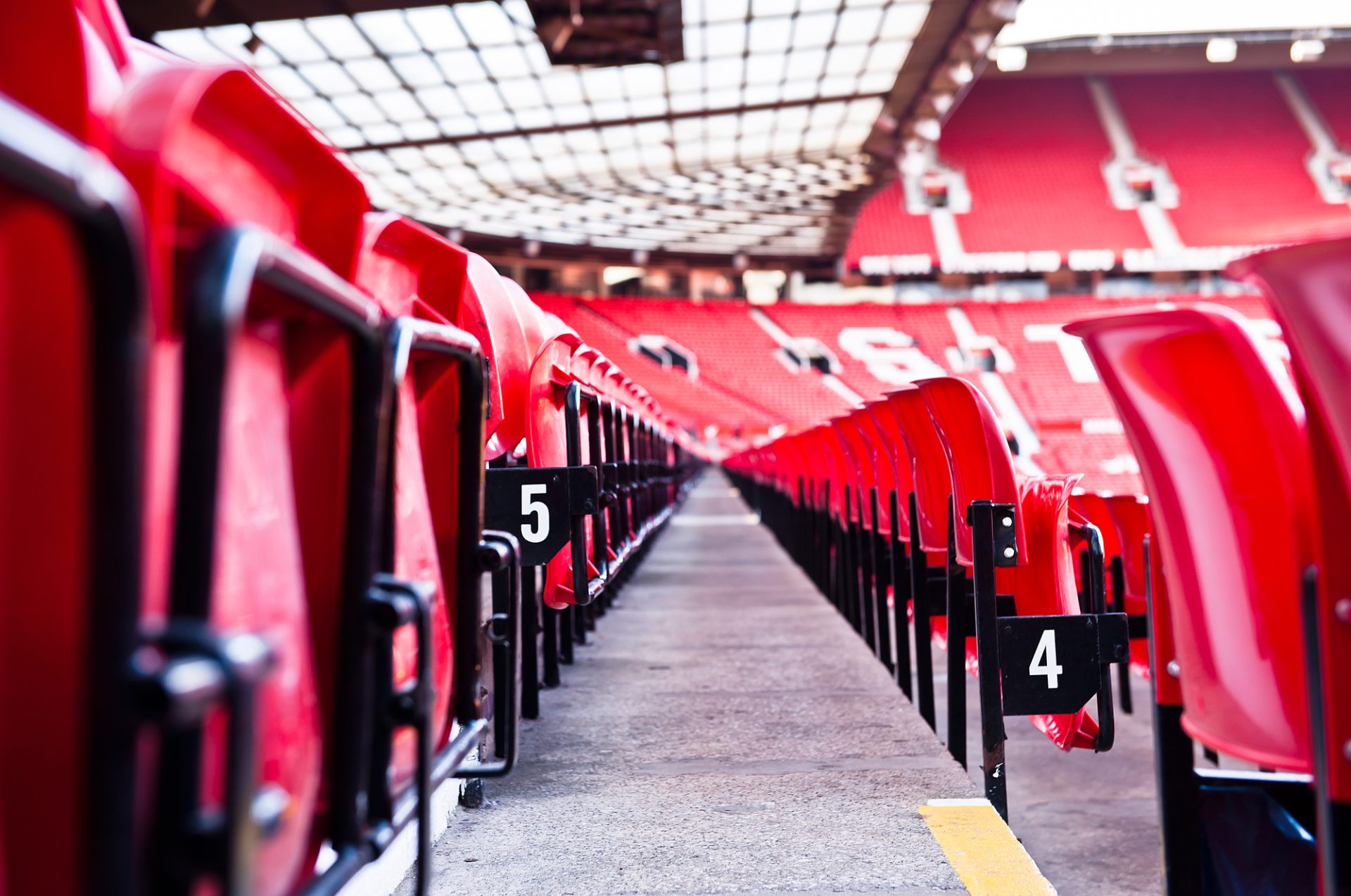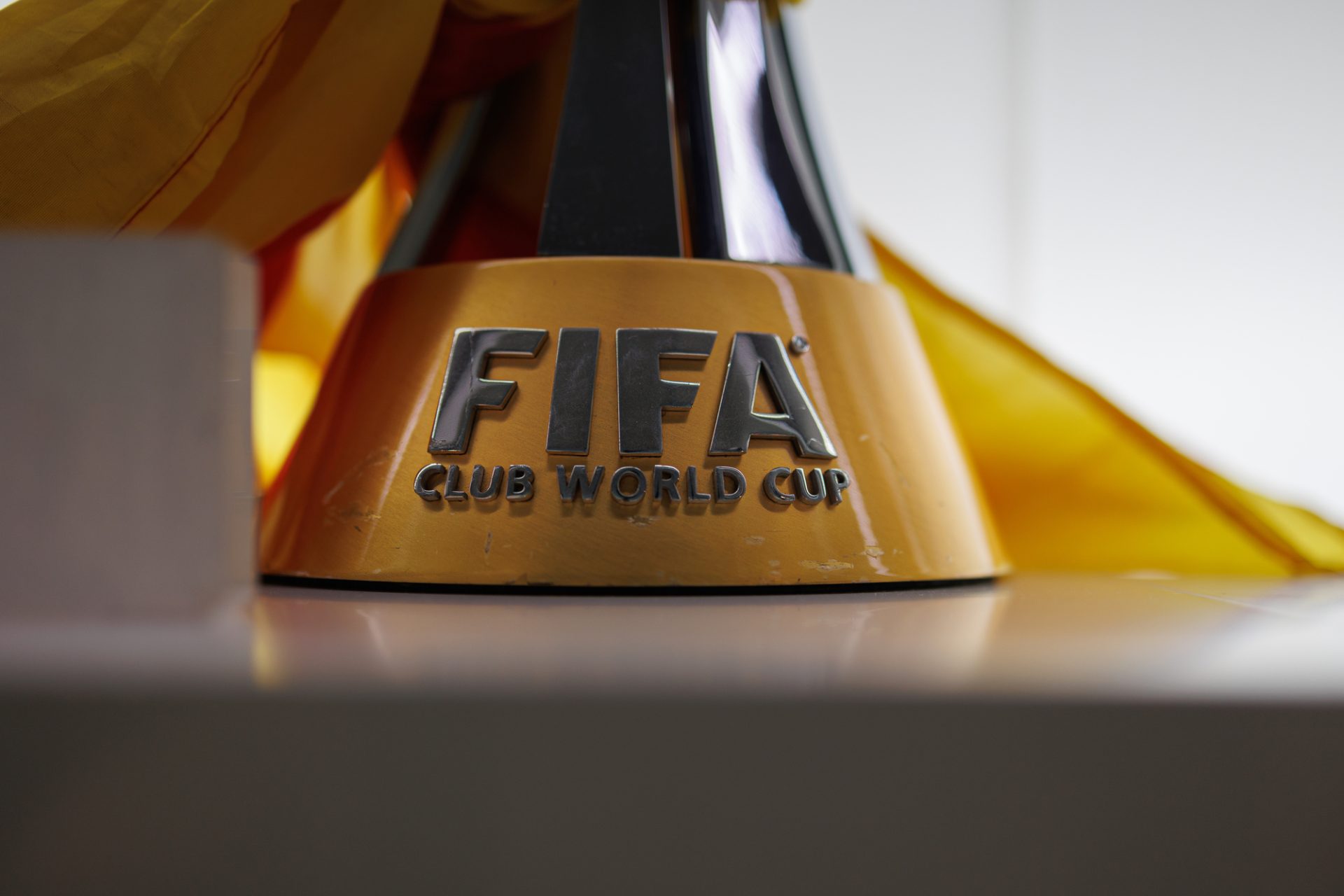What Is A Clean Sheet In Soccer?


Table of Contents
What is a clean sheet in soccer? In soccer, a clean sheet is when a team concludes a match without allowing the opponent to score any goals. This term symbolizes defensive success and is often used to assess the performance of goalkeepers and defenders. Statistically, recording a clean sheet indicates that the defensive strategies implemented during the game were effective in preventing the opposing team from finding the back of the net.
Achieving a clean sheet can be a significant objective for a team, as it demonstrates a robust defensive display and greatly increases the chances of winning a match or at least securing a draw. It reflects the ability of the goalkeeper to save any shots on target and the defenders to block, intercept, or clear the ball before it poses a threat to the goal.
The origin of the term traces back to the practice of keeping score on a physical sheet of paper. If the defending team was successful in preventing the opposition from scoring, the scoring sheet would remain without any marks, hence the term “clean sheet.” In modern soccer, the concept remains a valuable metric for evaluating team performance and individual players’ defensive skills.
Fundamentals of a Clean Sheet
In soccer, maintaining a clean sheet is a significant achievement for a team, emphasizing the effectiveness of their defense.
Definition and Importance
A clean sheet in soccer is recorded when a team finishes a match without conceding a goal to their opponent. The concept is highly valued as it reflects on the team’s defensive strength. Achieving a clean sheet boosts the team’s confidence and can provide a psychological edge, as a solid defense is often the foundation of a successful team performance.
Key Roles and Responsibilities
- Goalkeeper: The goalie is the team’s last line of defense, bearing the primary responsibility for preventing the ball from entering the net.
- Defenders: Working closely with the goalkeeper, the defenders’ role is to disrupt the opposing team’s attacks, clear the ball from dangerous areas, and mark the opposing players to reduce the chance of a goal.
Each player on the team, regardless of their position, is part of a collective effort to maintain a clean sheet. The team’s strategy is generally focused on strong defensive tactics and effective communication among the goalie, defenders, midfielders, and forwards to protect their goal against any threats.
Tactical Analysis and Team Strategy
Achieving a clean sheet in soccer is not merely a matter of individual brilliance; it relies on strategic planning and collective team effort. This section dissects the defensive arrangements and the cohesive team play necessary to prevent the opposing team from scoring.
Defensive Tactics
Positioning and awareness are fundamental elements of defensive soccer tactics. Teams train rigorously to ensure that players are positioned correctly on the field relative to the ball, their teammates, and opponents. Zonal defending is another tactic wherein defenders cover specific areas of the pitch rather than marking individual opponents, enabling the team to shift as a unit and cover spaces effectively. In contrast, man-to-man defense involves tight marking of opponents, with each defender responsible for a specific player. Both strategies require cohesive training and a thorough understanding of the team’s defensive strengths and weaknesses.
- Zonal Defense: Focuses on guarding space, allowing flexibility and adaptability on the field.
- Man-to-Man Defense: Emphasizes close marking, requiring high levels of stamina and concentration.
Team Effort and Communication
The success of a team in maintaining a clean sheet is also heavily dependent on teamwork and communication. Teamwork ensures that all players on the field contribute to the defensive effort, tracking back to support the defenders and regaining possession. Midfielders and forwards play vital roles by applying pressure and initiating the first line of defense. Effective communication helps in identifying and responding to threats, organizing defensive structures, and coordinating movements across the line. Goalkeepers often take up the role of organizers, providing instructions and alerting defenders of potential gaps.
- Pressing: Forwards and midfielders apply pressure on the ball to disrupt the opposition’s rhythm.
- Goalkeeper’s Role: Acts as a communicator, guiding and directing the defense.
Impact on Soccer Culture and Media
The clean sheet term embodies a defensive team’s success and influences how fans and media assess a soccer match.
Fan and Media Perception
Fans typically regard a team’s ability to keep a clean sheet as a marker of defensive strength and coordination. Sports reporters often emphasize a clean sheet as a key achievement for a goalkeeper or a defensive squad, praising their skill and tactical discipline during a match. Soccer terminology like “clean sheet” becomes part of the narrative fans use to celebrate and evaluate players and teams. Recognition can extend to individual accolades, where goalkeepers and defenders are praised by fans and sports reporting outlets for consistent performance in maintaining clean sheets over a season.
Betting and Predictive Analysis
Clean sheets play a significant role in sports betting markets and predictive analysis of soccer matches. Bettors consider clean sheet probabilities when placing wagers, leading to a variety of bets focused on whether a team will concede a goal. Sports betting agencies and professional analysts compile statistical data from past performances to predict clean sheet chances, influencing betting odds. The concept has become an integral part of sports reporting, with pre-game analyses often including the likelihood of a team maintaining a clean sheet based on various factors such as team form, head-to-head history, and player injuries.











Your comment is awaiting moderation.
Оцинкованный профнастил С-8 https://bitovkiarenda.ru/prorabskaya-bytovka/
Столы офисные https://bitovkiarenda.ru/prodazha-tualetnyh-kabinok-dlya-strojki-v-moskve-i-moskovskoj-oblasti/
Габариты 5 https://bitovkiarenda.ru/category/blog/
85×2 https://bitovkiarenda.ru/category/catalog/
4 м? Внутренняя отделка вагонка пвх Общая площадь 14 https://bitovkiarenda.ru/bytovka-ekonom/
04 м? Утепление с утеплением Окна с окном https://bitovkiarenda.ru/category/catalog/bpage/2/soglasie-na-obrabotku-personalnyh-dannyh/soglasie-na-obrabotku-personalnyh-dannyh/soglasie-na-obrabotku-personalnyh-dannyh/soglasie-na-obrabotku-personalnyh-dannyh
Железные кровати https://bitovkiarenda.ru/category/catalog/bpage/2/soglasie-na-obrabotku-personalnyh-dannyh
От чего зависит стоимость доставки?
Аренда бытовок https://bitovkiarenda.ru/prodazha-tualetnyh-kabinok-dlya-strojki-v-moskve-i-moskovskoj-oblasti/
Your comment is awaiting moderation.
Дополнительно:
Железные кровати https://bitovkiarenda.ru/category/blog/
Столы офисные https://bitovkiarenda.ru/
Основное преимущество аренды строительных бытовок заключается в экономии финансов, но это не единственный плюс https://bitovkiarenda.ru/arenda-bytovok-blog/
Вам не придется самостоятельно заниматься оснащением мобильных домиков, тратить время и средства на закупку стульев, столов, шкафов, обогревателей или сантехнических приборов https://bitovkiarenda.ru/category/catalog/bpage/2/soglasie-na-obrabotku-personalnyh-dannyh
Аренда обстановки для строительной бытовки в нашей компании обходится значительно дешевле, чем приобретение инвентаря https://bitovkiarenda.ru/srok-sluzhby-bytovok-dlya-stroitelej-kak-dolgo-prosluzhat-mobilnye-sooruzheniya/
Мы лишь говорим о том, что наши цены весьма конкурентные https://bitovkiarenda.ru/category/catalog/
И это правда https://bitovkiarenda.ru/category/wc-cabine/
Что касается конечной стоимости перевозки, то она и не может быть слишком низкой, учитывая вес и габариты доставляемого оборудования, стоимость ГСМ и расходы на обслуживание спецтехники https://bitovkiarenda.ru/o-kompanii/
Ведь бытовка доставляется не легковой машиной и даже не ГАЗелью, а специальным манипулятором или длинномером https://bitovkiarenda.ru/kakuyu-stroitelnuyu-bytovku-vybrat-dlya-biznesa-prakticheskie-sovety-po-vyboru-i-organizaczii-rabochego-prostranstva/
Кроме того, нужно учитывать, что в стоимость доставки включены и погрузочно-разгрузочные работы https://bitovkiarenda.ru/category/catalog/bpage/2/
Доставка бытовки https://bitovkiarenda.ru/category/blog/